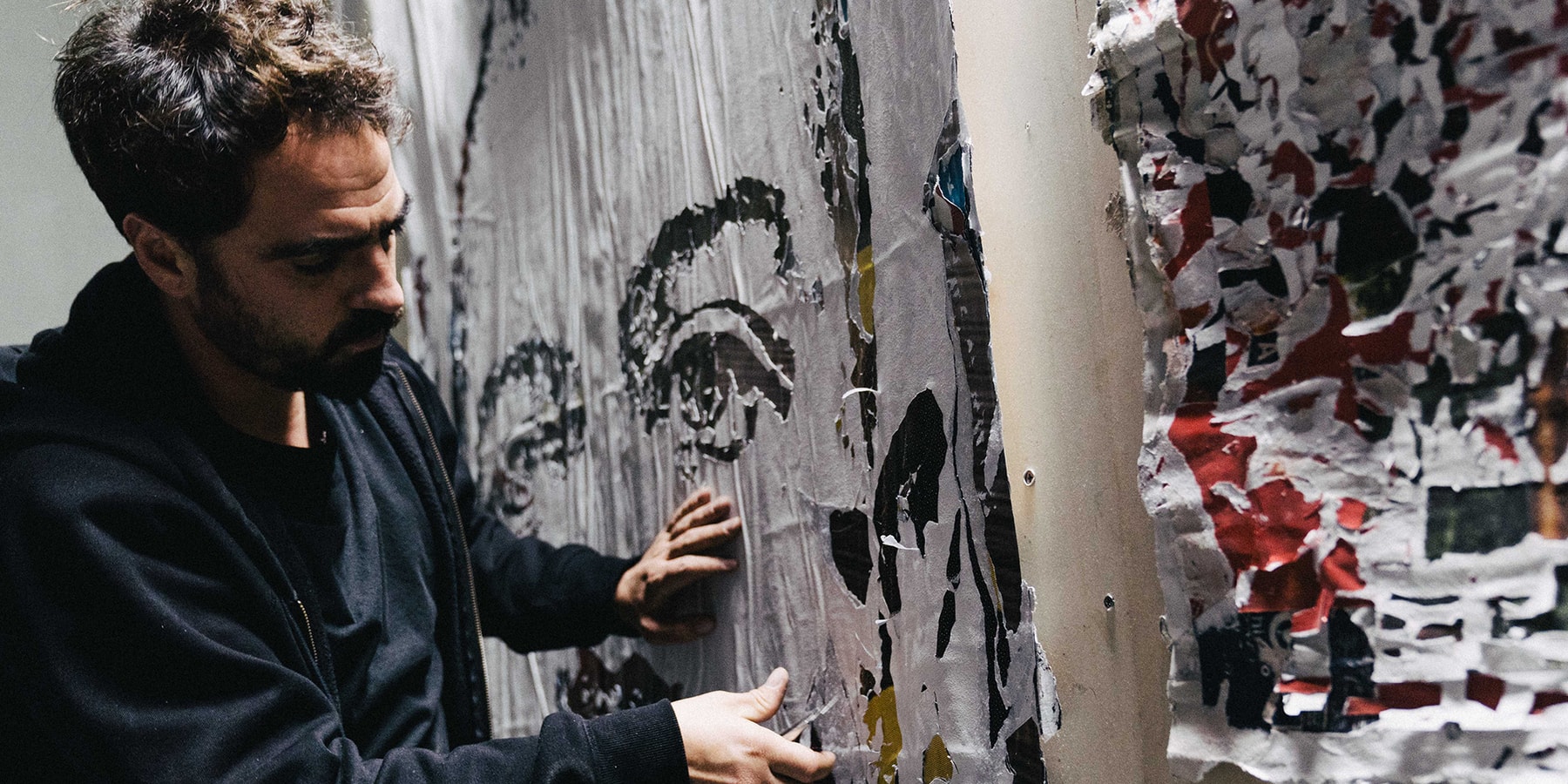

The surging hum of power tools can be heard coming out of the old industrial suburb of Barreiro, located on the outskirts of Lisbon’s city center. However, the portside town lined with factories no longer manufactures metals, oils, soaps, and fabrics as it once did. Today, the person responsible for all the noise in the area is hometown hero Alexandre Manuel Dias Farto, better known around the world as Vhils.
Home to his 15-person team, Vhils’s studio is situated between overgrown train tracks and rusty, hollowed-out warehouses. It resembles an airplane hangar lined with walls of stacked wooden crates and an assemblage of materials usually found on a construction site or in a scrapyard. On one side of the studio are gigantic floor-to-ceiling blackout tarps that serve as walls to separate the different stations where his handiwork comes to life. Each mini studio is fit for a different set of tools; gas masks and an assortment of chemicals can be found in one while another houses woodworking tools and an industrial-sized air purifier.
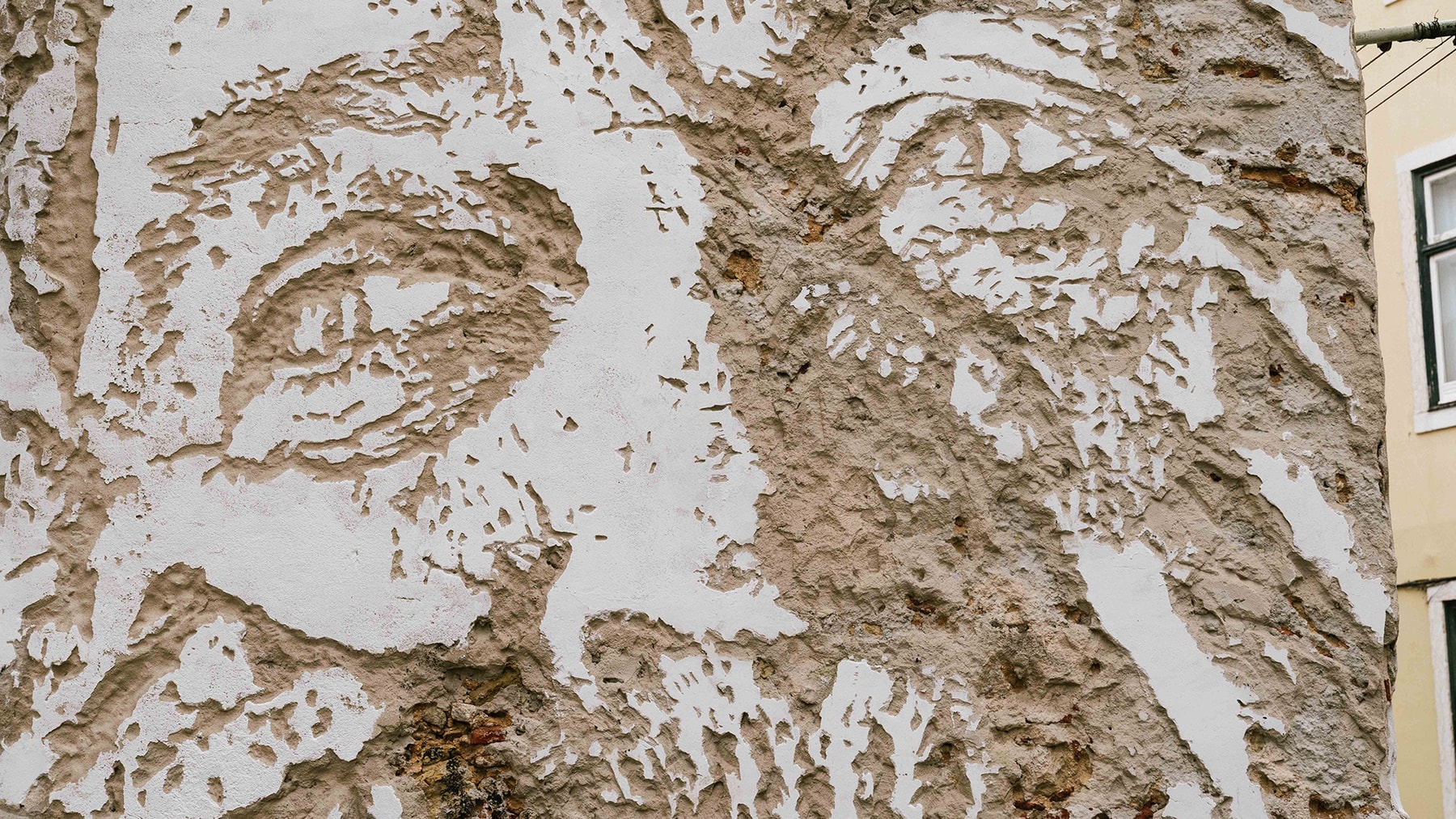
While Vhils felt a call to be “closer to the roots of where his work started,” his choice to base his operations in Barreiro wasn’t solely rooted in nostalgia (the 33-year-old artist began as a graffiti artist in the area). Today, Vhils’s work is almost exclusively made out of found materials from around the city. From his “Camadas” (2018) billboard series to his “Dissecção” (2014) series using train carriages, using reclaimed surface is his way of “giving dignity to materials left behind.”
Vhils’s paintbrush of choice is a highspeed wood cutter, the Dremel 3000. Dozens can be seen visibly worn down, stacked up in his storage closet like a power tool graveyard. Next to them sits a collection of visibly decomposing doors. These locally “sourced” doors, along with rusted car hoods, salvaged blocks of cement, and sheet upon sheet of old signs and posters serve as the canvases for much of his work. All of Vhils’s materials come directly from the city.
A few hundred feet away from Vhils’s studio is his testing ground, where he works with a method he developed around 2012 using explosives to forge images onto the walls of abandoned buildings. “Sometimes you just need a spark, an ignition for it to explode, and suddenly the layer you’re seeing is not 2019 but from a century ago. It makes us reflect and think about how society can evolve.”
Vhils’s work peels back layers of identity, portraying faces—sometimes of prominent figures, but often of anonymous city dwellers—that confront us with how subjective the construct of identity is within our globalized society. Here, Vhils speaks to us about his ambitions to carve his way around the world.
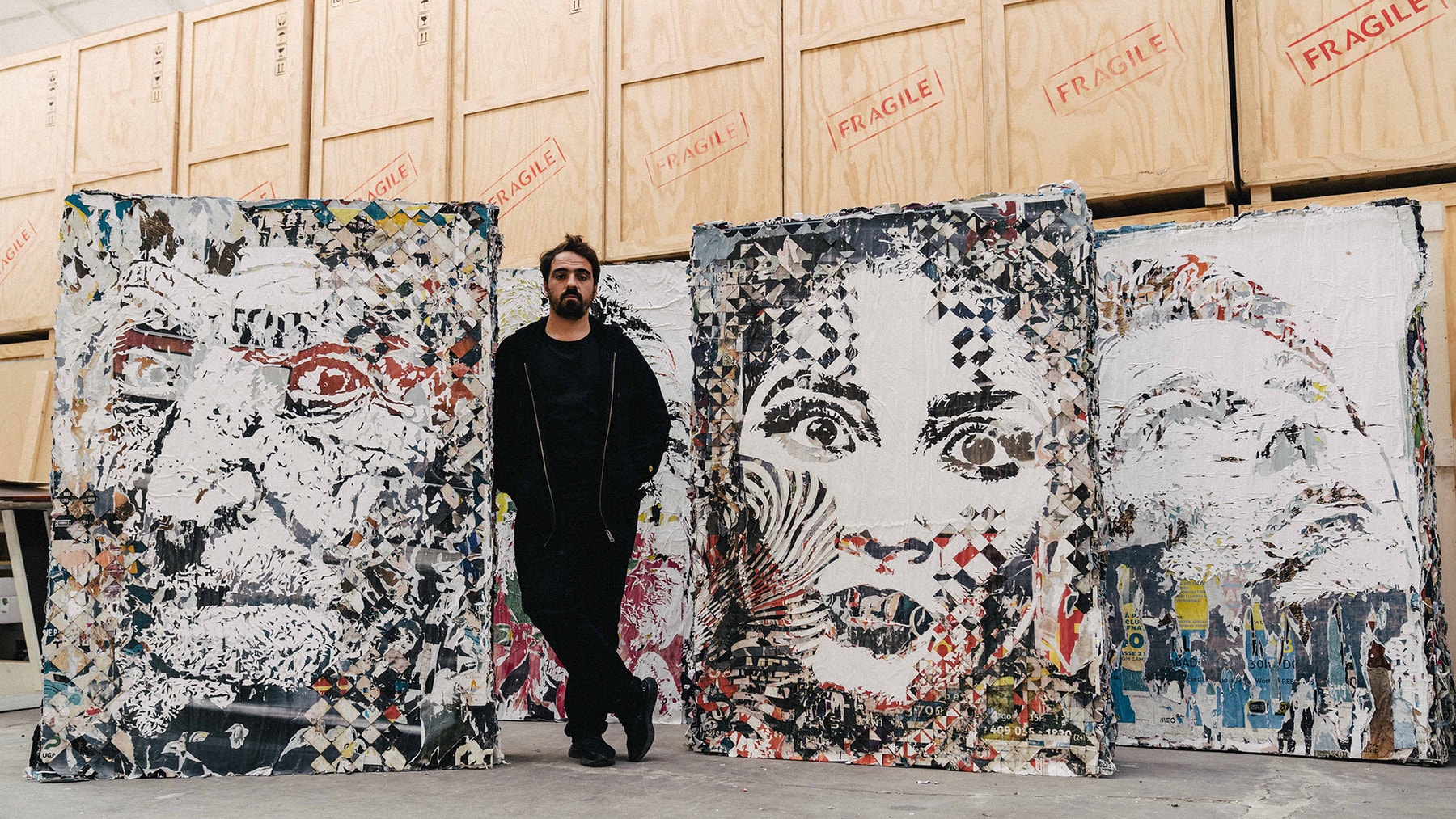
We’re here in the studio outside of Lisbon, in the older industrial area. It seems very fitting for the work that you do. Tell us a bit about the space and how it resonates with your work.
I was born on this side of the river. It’s a place that has an industrial past and working-class neighborhoods. For me, it made sense to come back and bring the whole studio and the energy to this side of the river, and to be closer to the roots of where I started. I try to give dignity to these places that were left behind. The doors that I pick up, the billboards, the walls… I try to give them a new life with my work and as well with the studio.
Another really important component of your work is location, particularly with your site-specific installations. How do you find these locations?
Lisbon has changed a lot. Five or ten years ago, it was decaying—a lot of abandoned buildings, crumbling walls, and so on. When I started to do what I do 15 or 20 years ago, there was a lot of layering on the walls with everything from old political murals to billboards, advertisements, and graffiti. The walls reflected what the city was going through. Everyone was just adding to the walls. That’s how I came up with the idea of, instead of adding, going to a wall and extracting the layers that were underneath, and essentially painting with those layers.
I tried to look for places that have these kinds of layers of history, so that I can play and paint with those layers. I might have an image in my head, but when I carve the wall I never know what I’m going to discover. That’s what composes the image. Instead of using a palette of colors, I use the palette of the city as it is evolving.
“All of the layers in my work were a part of someone’s life before. When you carve a portrait of someone in the city, you humanize that city.”
What do you think it is about seeing yourself or seeing a human face that evokes feelings or emotions? What is it about that interaction with a face that dictates a lot of your work?
What I’m trying to do is reflect on identity, and how subjective identity has become with globalization—all the transformations that the world is going through. I think there is a worldwide crisis of identity. We achieved a lot of things that were great in the last 20 or 30 years, but people are feeling overwhelmed. All your dreams and expectations of life, or expectations of happiness or freedom, they’re shaped by everything that’s around us.
All of the layers in my work were a part of someone’s life before. This building up of layers, especially as the pace of information is getting faster and faster, is affecting us as humans and as citizens of the world. When you carve a portrait of someone in the city, you humanize that city.
A lot of your working methods are pretty intense, from finding a lot of the materials out in the city to using power tools and explosives. Can you talk a bit about that and what it means to the work itself?
I think a lot of the message is in the process. If the history of the planet can be seen at ground level, the different layers tell you the history. Fifty years ago, there was a dictatorship here. In the cities and urban areas you can see it through the walls, because they absorb all these different layers of paint, of billboards, of things written on the walls. You can really tell the story of a city through their walls.
Are we a chaotic product of the cities we live in? I’m trying to reflect on that, because the world is becoming a place of separation, division, and partition—digressing back to some of the same discussions of 30 or 40 years ago.
I saw the collection of the doors your team is gathering around the city. How do they fit within your practice?
I like to work with this kind of debris that the city leaves behind as it evolves. They are perceived as garbage. I really like to bring new life to them and call attention to the pace of development that we are currently subjected to.
“Are we a chaotic product of the cities we live in? I’m trying to reflect on that, because the world is becoming a place of separation, division, and partition.”
That’s a good segue to something that you’ve mentioned a lot, which is that nothing really lasts forever and neither does your work. Most artists want their work to be everlasting, but you’re using decaying materials that don’t last forever.
I started to do graffiti almost 20 years ago, back in 2001 or 2002, so I’ve gotten used to the idea of ephemerality. Things that are ephemeral live for that moment and then they eventually evolve. For me, I’m just a part of the work. When I do a wall, the wall evolves and changes— people tag over it, people paint over it, and it’s subjected to humidity. That’s part of the process of working in a public space. I prefer art that evolves as we evolve, rather than something that stays the same forever. It makes the artwork more human.

THIS STORY WAS ORIGINALLY PUBLISHED IN HYPEBEAST MAGAZINE ISSUE 28: THE IGNITION ISSUE AS “EXPLODING IDENTITY”. FIND OUT MORE HERE.



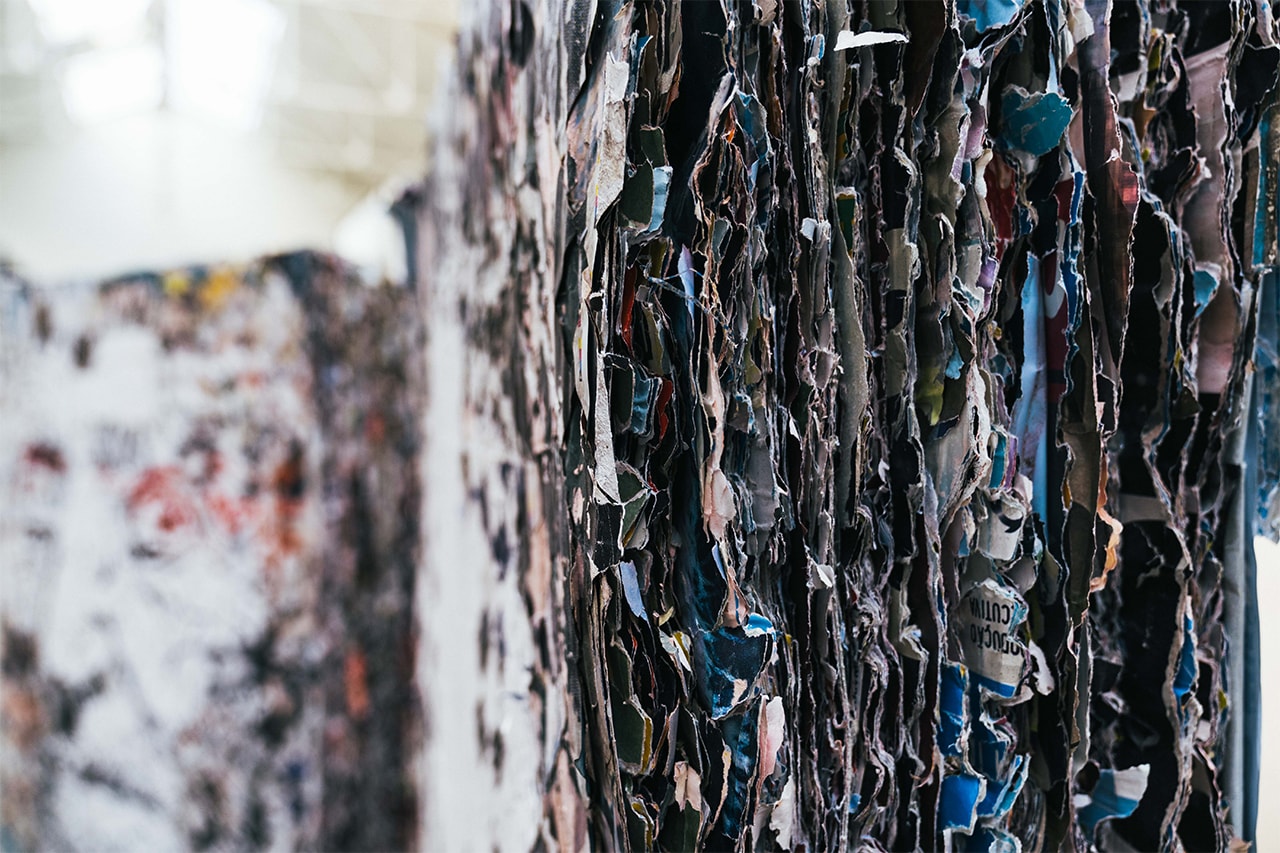
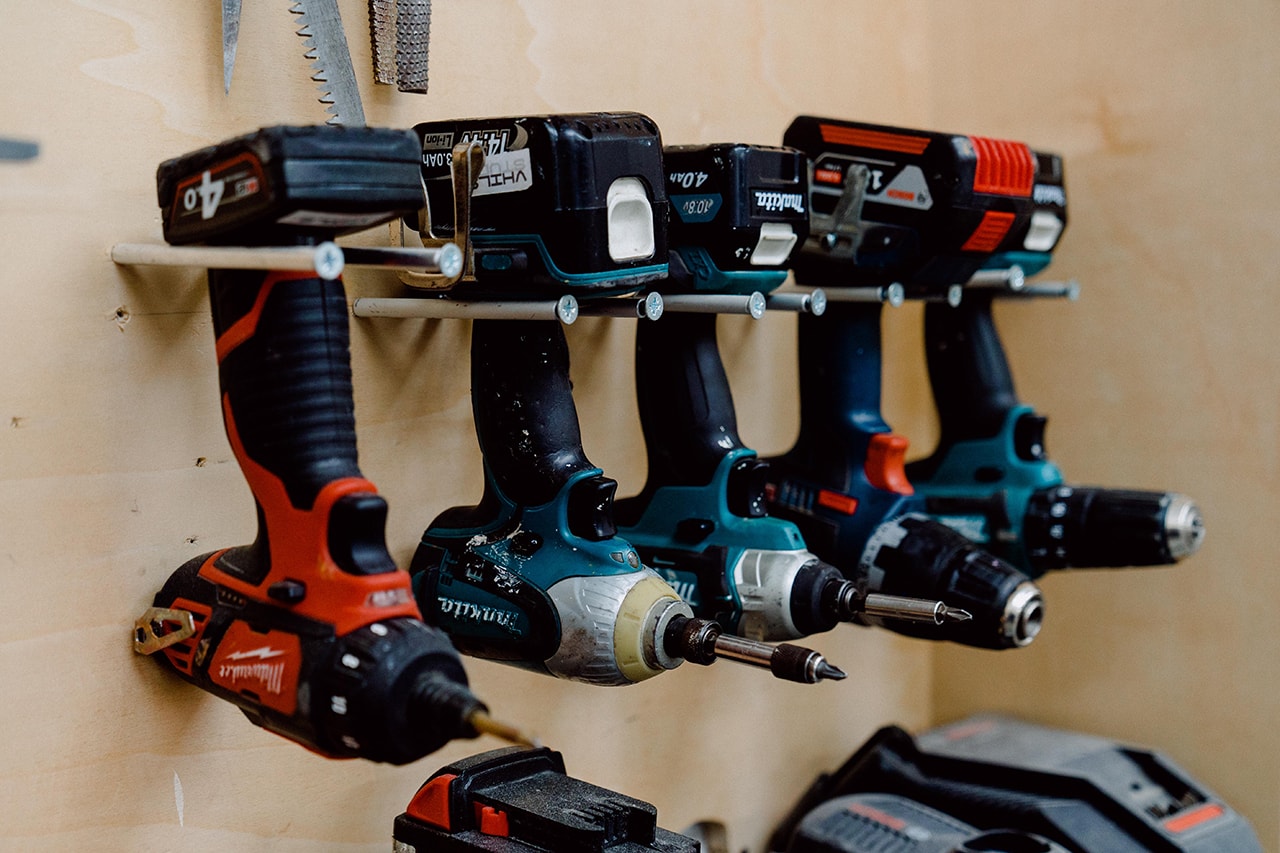

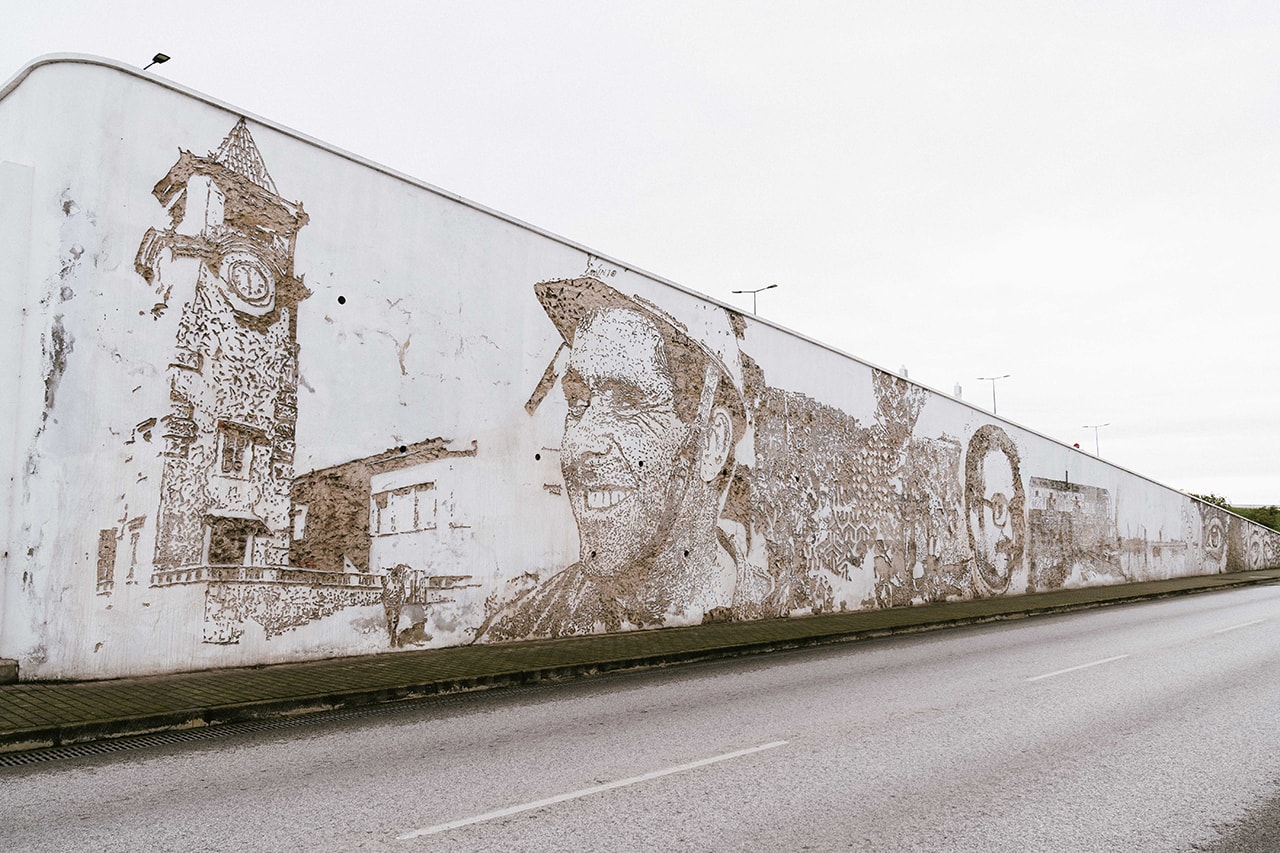
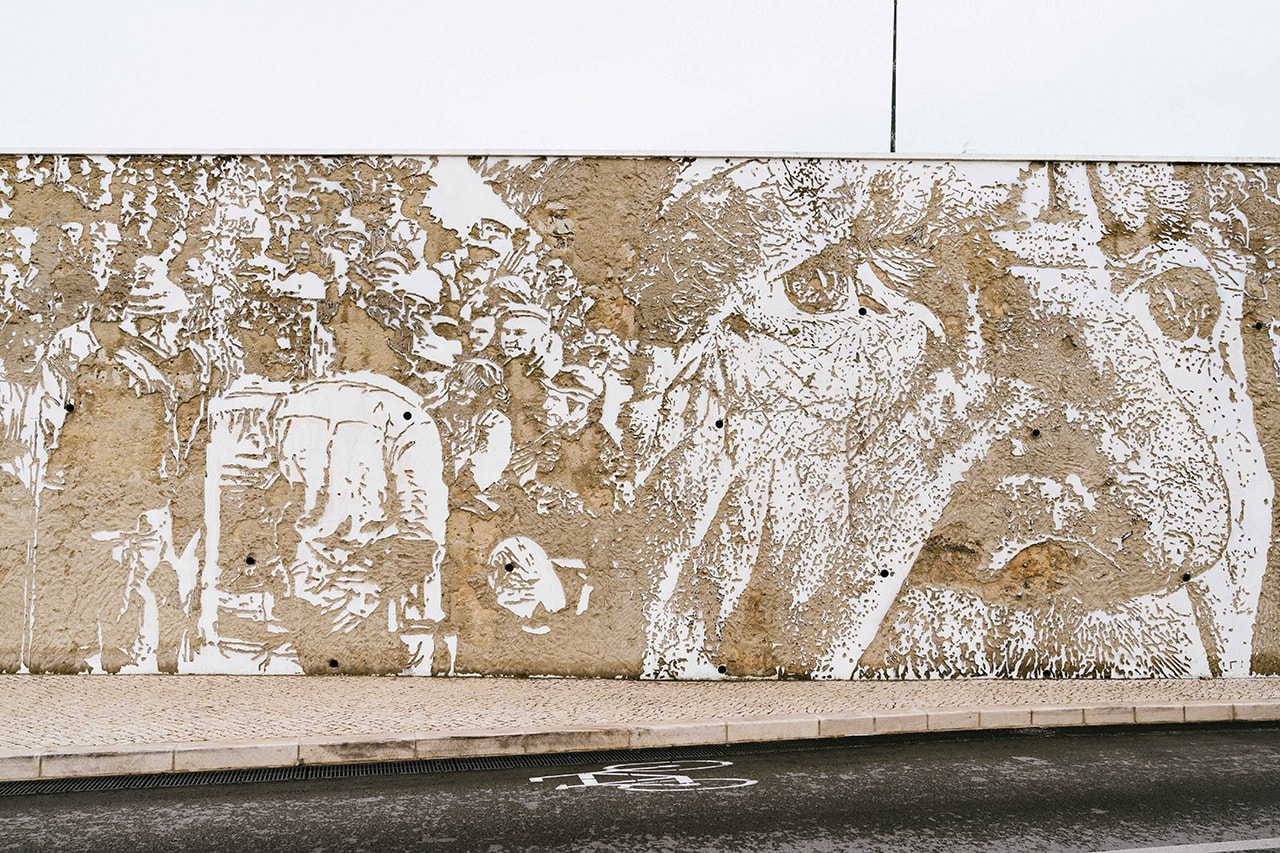

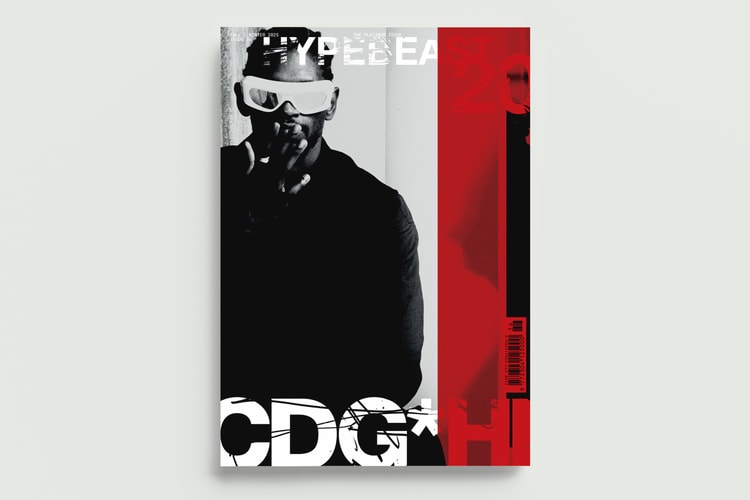


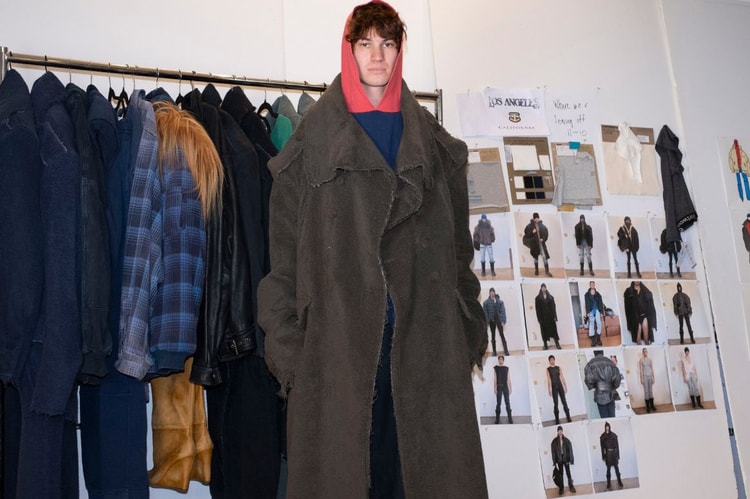



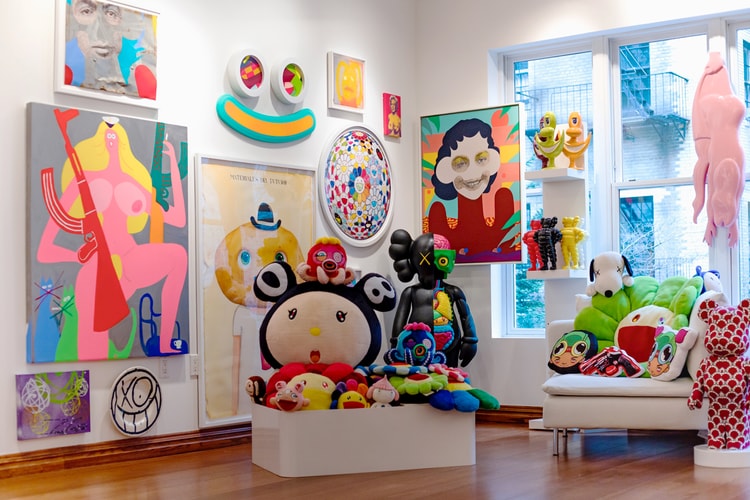





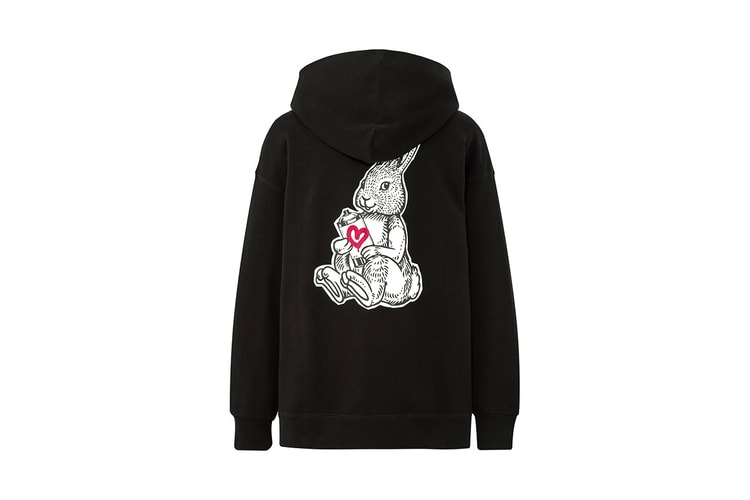
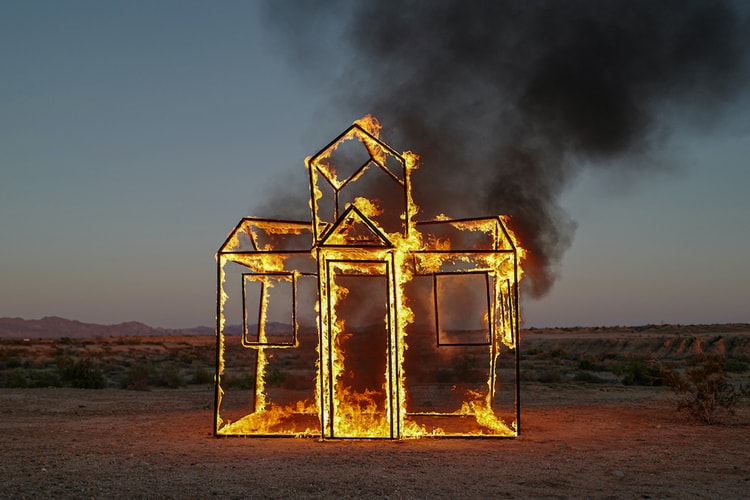

Photographer
Eddie Lee